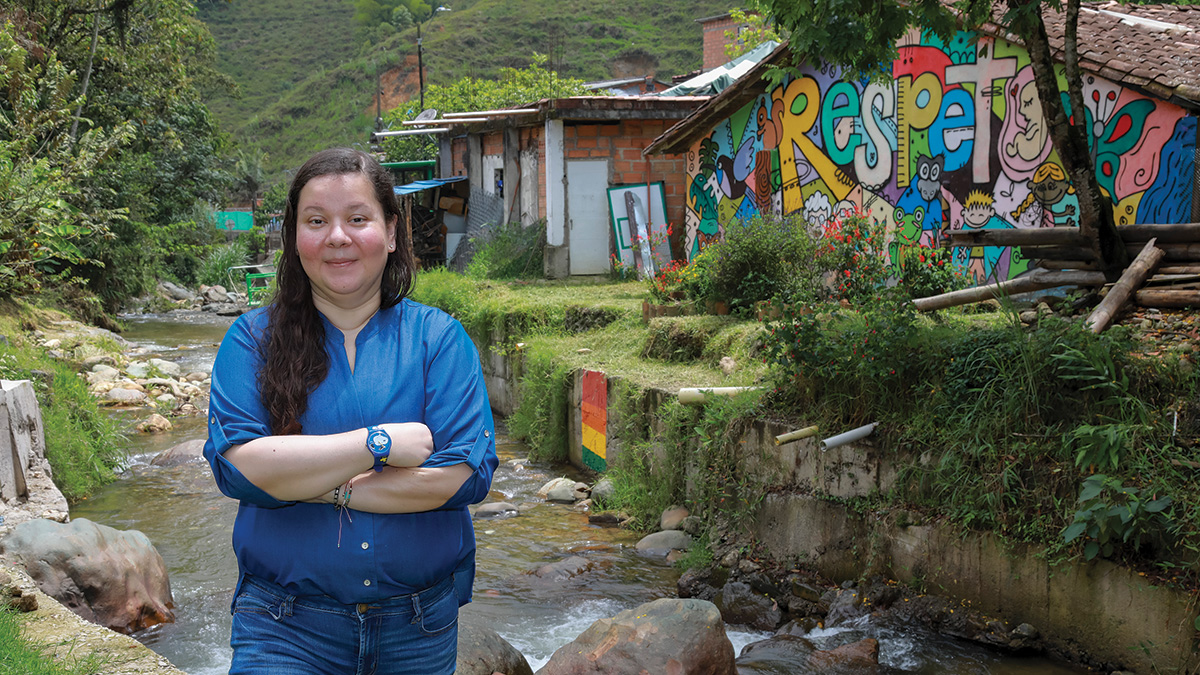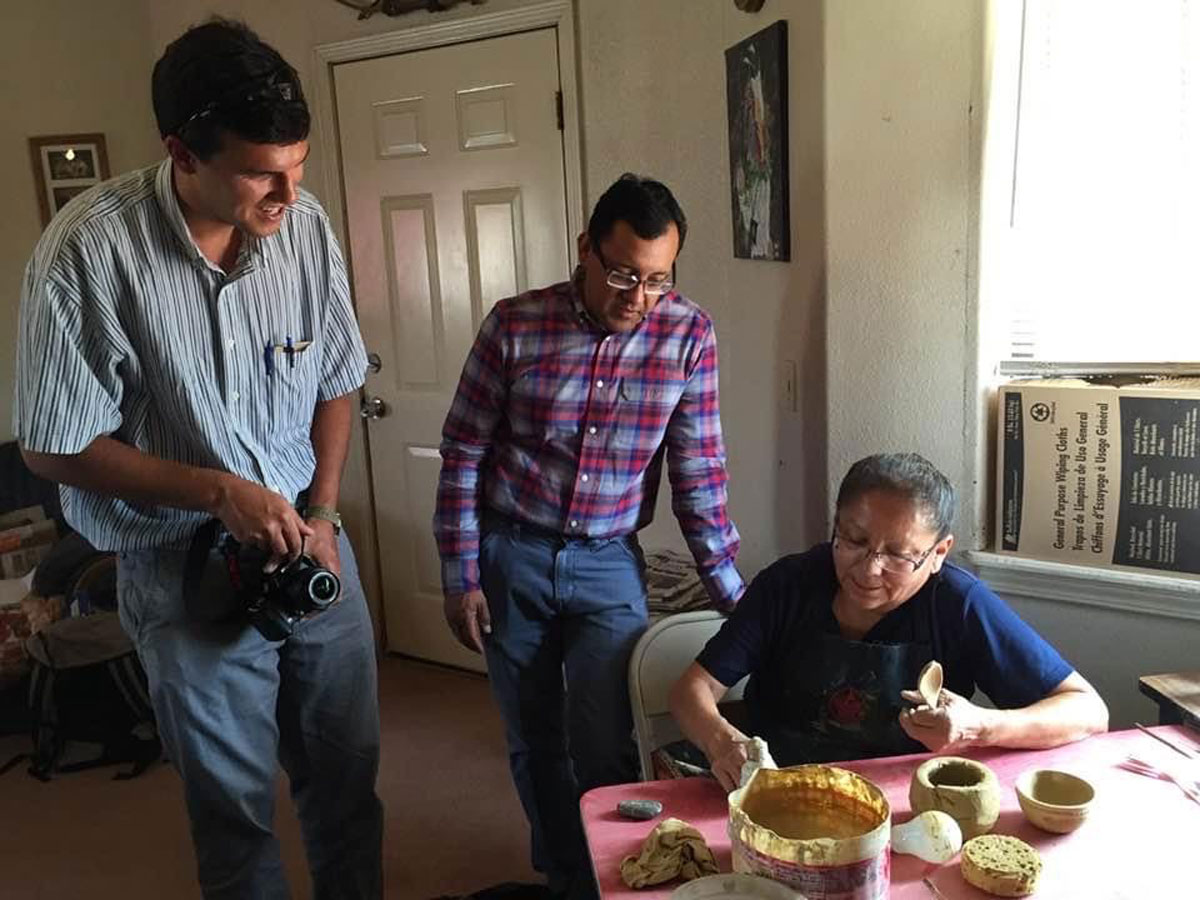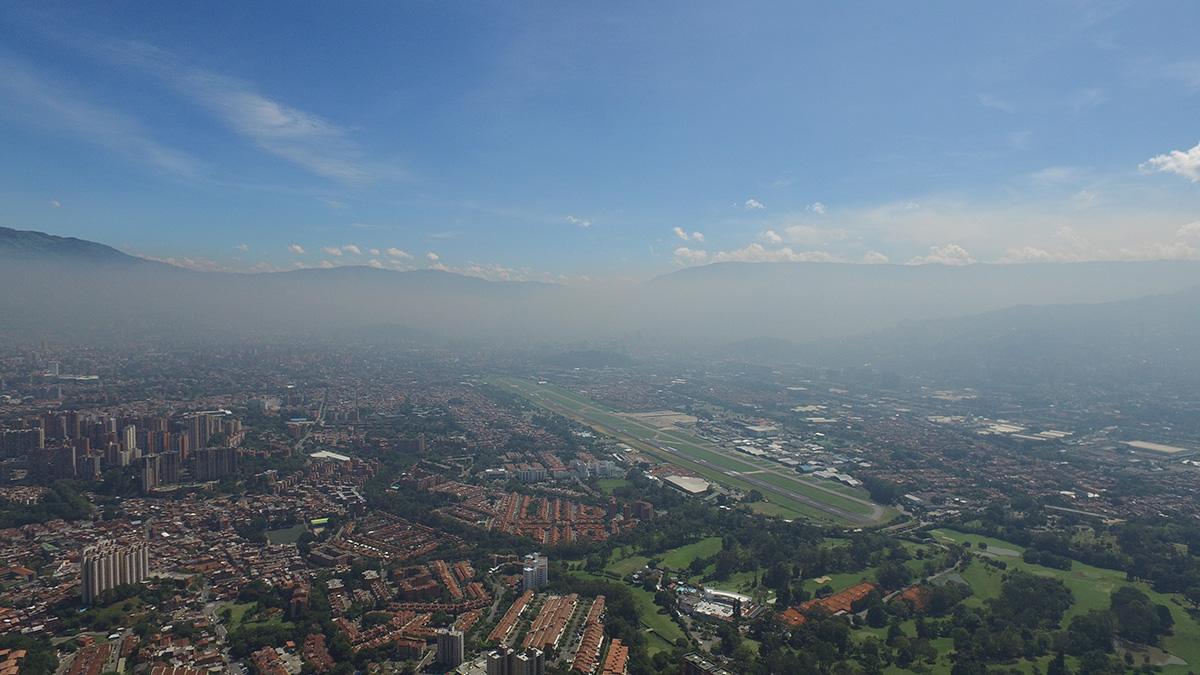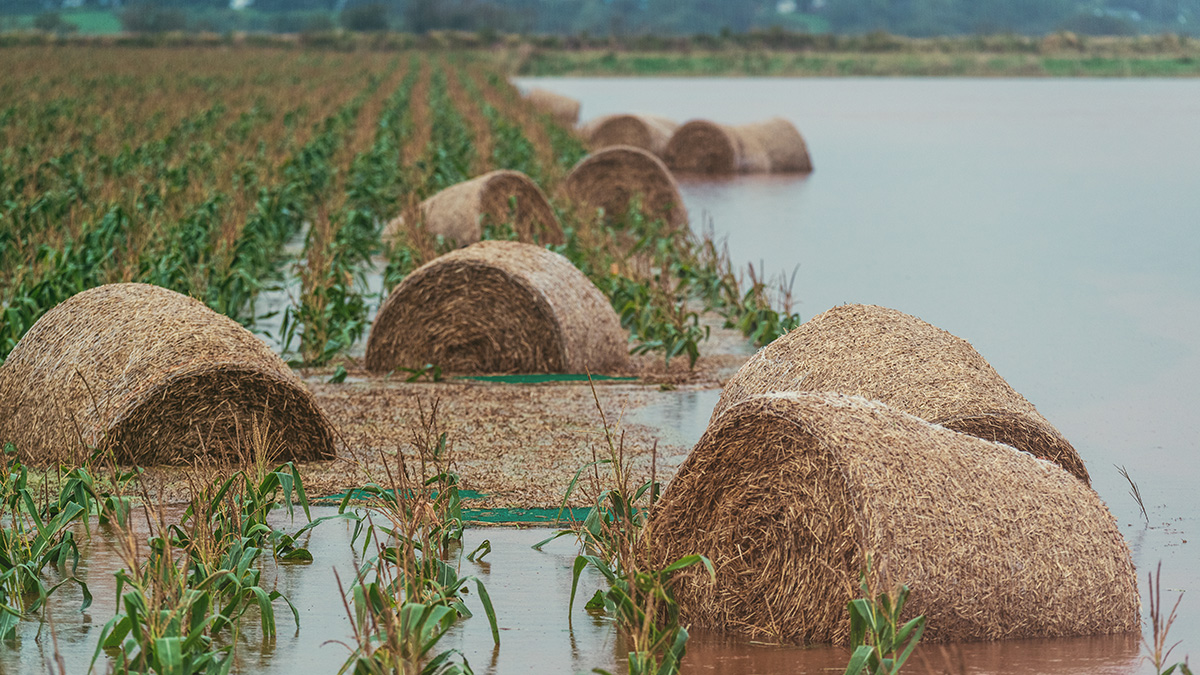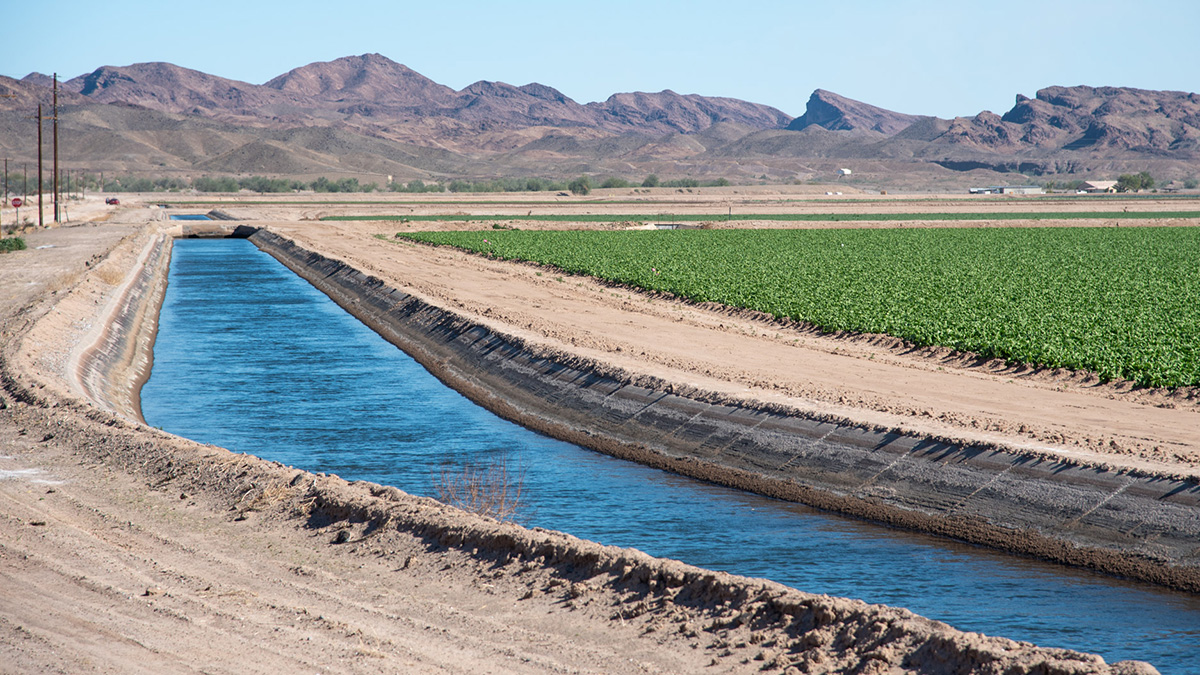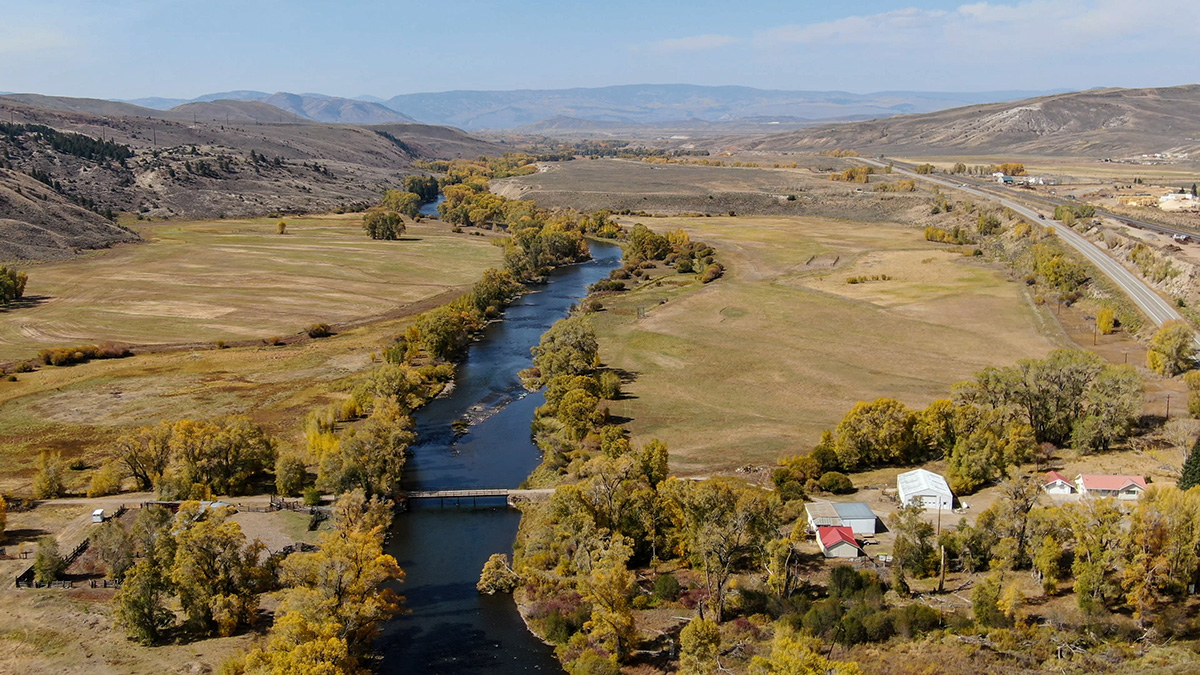A meteorologist puts her training into action to coordinate an early-warning system for flooding around Medellín, Colombia.
Jane Palmer
Jane Palmer is a freelance writer for Eos who came on board in March 2019 when she wrote a feature on efforts to mitigate glacial lake outburst floods in the Peruvian Andes. A freelance science journalist since 2013, she writes for a diverse range of outlets including Nature, Science, Proto Magazine, and Mosaic Science. She typically covers natural hazards and the impacts of climate change on public health and likes to write about the impacts of science on society. Before becoming a journalist, Palmer was a scientist and has worked as a computational modeler at a biotechnology company and at the National Renewable Energy Laboratories in Golden, Colo. She has a B.Sc. in cognitive science and a Ph.D. in computational molecular modeling from the University of Sheffield in England.
Potential Relief for the Colorado River’s Near Future
A new study reveals that precipitation could boost the iconic river’s flow in the next couple of decades despite the deleterious effects of warming temperatures due to climate change.
Crafting Clean Water in the Navajo Nation
A collaboration between researchers and a Navajo Nation potter has yielded an effective and culturally appropriate water treatment device.
La ciudad colombiana que está abriendo el camino para las “Alertas Tempranas para Todos”
Medellín alerta a sus habitantes sobre inundaciones, deslizamientos, incendios, rayos y mala calidad del aire.
Taking a Fine-Grained Approach to Investigating Climate’s Impact on Crops
Studying the effects of variable weather on all three aspects of production—planting, harvesting, and yield—can help farmers and policymakers build resilience to climate change.
Agriculture 3.0: Preparing for a Drier Future in the Colorado River Basin
Years of drought and climate change are causing water resources to dwindle in the Colorado River Basin. But farmers and scientists are collaborating to learn how to grow crops with less water.
Colombian City Pioneers Path to “Early Warnings for All”
Medellín alerts citizens to floods, landslides, fires, lightning, and poor air quality.
Biden Administration Considers Unprecedented Solution to Colorado River Crisis
As Colorado River Basin states prove unable to reach a consensus in reducing their water consumption, the U.S. Department of the Interior is investigating an option that defies the Law of the River.
Urban Water Conservation Success in the Colorado River Basin
In the past few decades, cities in Arizona, Colorado, and Nevada have vastly increased their water use efficiency. They’ve also learned lessons that can inform other cities’ efforts.
Building Resilience in the Face of a Dwindling Colorado River
Policymakers, industry and conservation professionals, and tribal members explore pathways to a sustainable future for the millions of people reliant on the “lifeblood of the American West.”

